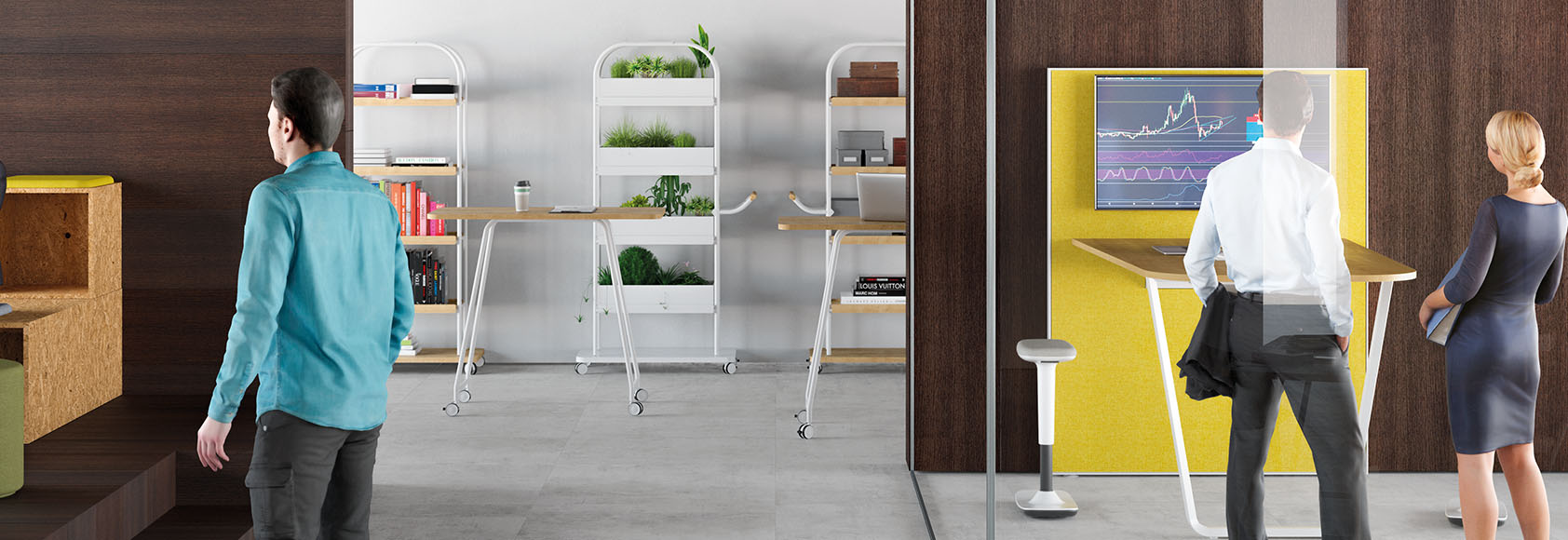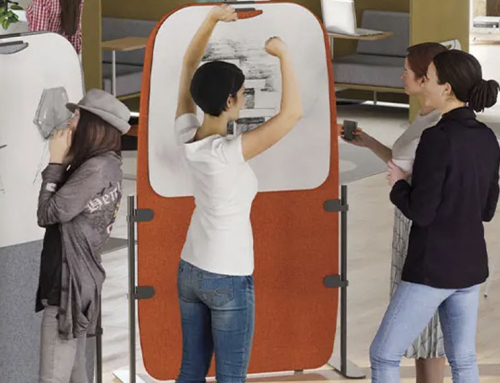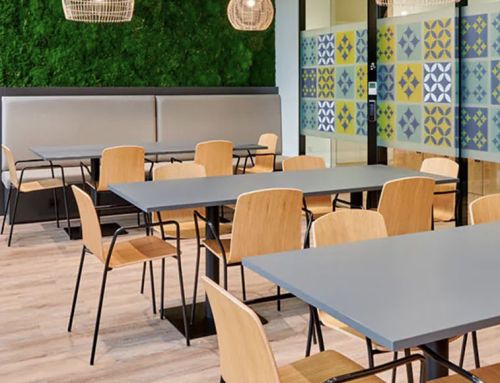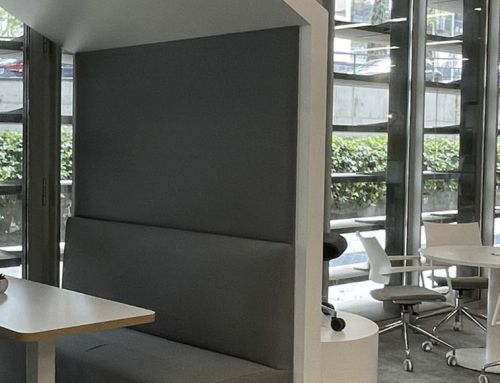Does the new hybrid work model question the role of the office? No, on the contrary; in fact, it highlights its role as a facilitator of new work dynamics and corporate cultures.
As we move towards normalcy, the question we all ask ourselves is when will we return to the office. The notion that telecommuting was temporary has been left behind; There is no question, but nevertheless, most companies insist that their staff must report to the office two or three days a week when the pandemic ends.
The main reason is that the office generates a team spirit that facilitates and encourages creation and innovation, which probably would not happen if everyone worked in isolation. It is the ideal ecosystem for ideas.
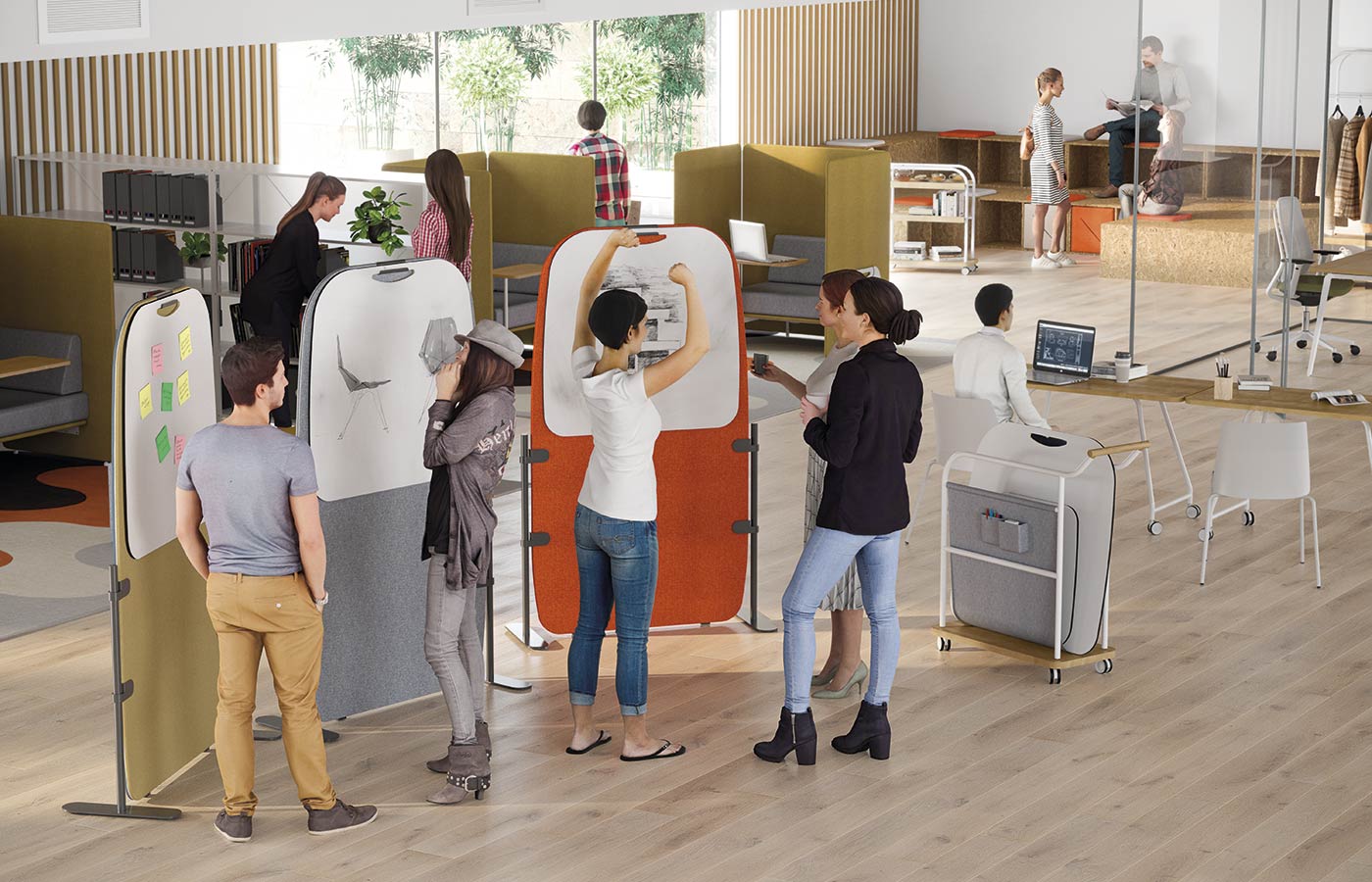
Forthink by Ofita.
Therefore, despite the fact that the Delta variant of Covid-19 has led some companies to again delay the return of their employees to the offices, the truth is that as the rate of vaccination advances in Spain, there are increasing numbers of companies that are committed to a return to work that combines the benefits of face-to-face activity with those of teleworking. That is, by a hybrid work model.
In fact, 65% of companies will opt for a hybrid work model, according to a report by the Boston Consulting Group
Why a hybrid work model?
A hybrid work model generates more efficient and productive work dynamics by combining the best of face-to-face and remote work. Teleworking also saves costs on infrastructures and services for the company and on traveling for employees, and allows flexible hours and reconciliation of personal and family life.
The benefits of face-to-face work are also noteworthy, mainly those related to the need to interact with other people. It is the best way to connect with others. We need to meet with colleagues, exchange ideas and feel that we are part of something. Days at the office are for socializing.
Hybrid work, what kind of office do you need?
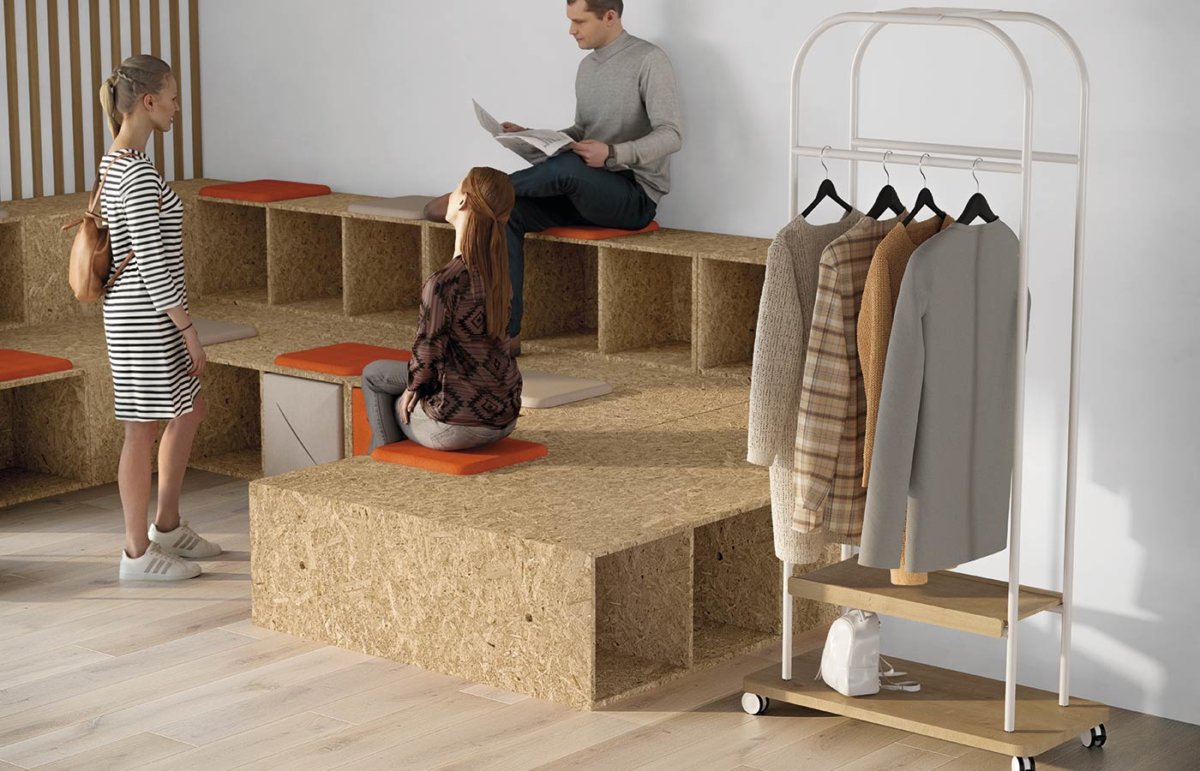
Forthink
With a hybrid work model, the office loses prominence as a fixed place assigned to a person to carry out a specific task and gains it as a space for co-creation and relationship between colleagues.
On the other hand, from being a physical showcase of the brand, where its logos and colors are reflected, it becomes one of the leading actors in the creation of its corporate culture, the only place where the company transmits its values and attributes.
The office is the only place where the company transmits its values and attributes
The office should be an attractive place that invites collaboration and spontaneous communication. It is also important that you provide spaces for those who have virtual meetings and / or need privacy or areas of concentration.
Its functionality and concept change, but also its design. To attract and motivate a staff accustomed to working from home, the office must have attributes that contribute to the motivation and well-being of employees. Workers demand safer, more humane offices with informal spaces.
The workers’ perspective has changed and today people give more relevance to issues such as flexibility and health. These are the points of greatest interest regarding the return to the office.
Flexibility and health in the office, keys for workers
It is clear that hygiene protocols and distancing measures are key for workers to feel safe. Therefore, they guide the design of the new offices. In this challenge, we have the help of technology that allows us, for example, to reserve and manage spaces for safe use of the office, such as the software that Condeco offers us. Also with equipment solutions such as virus and bacteria eliminating Vetrospace office pods.
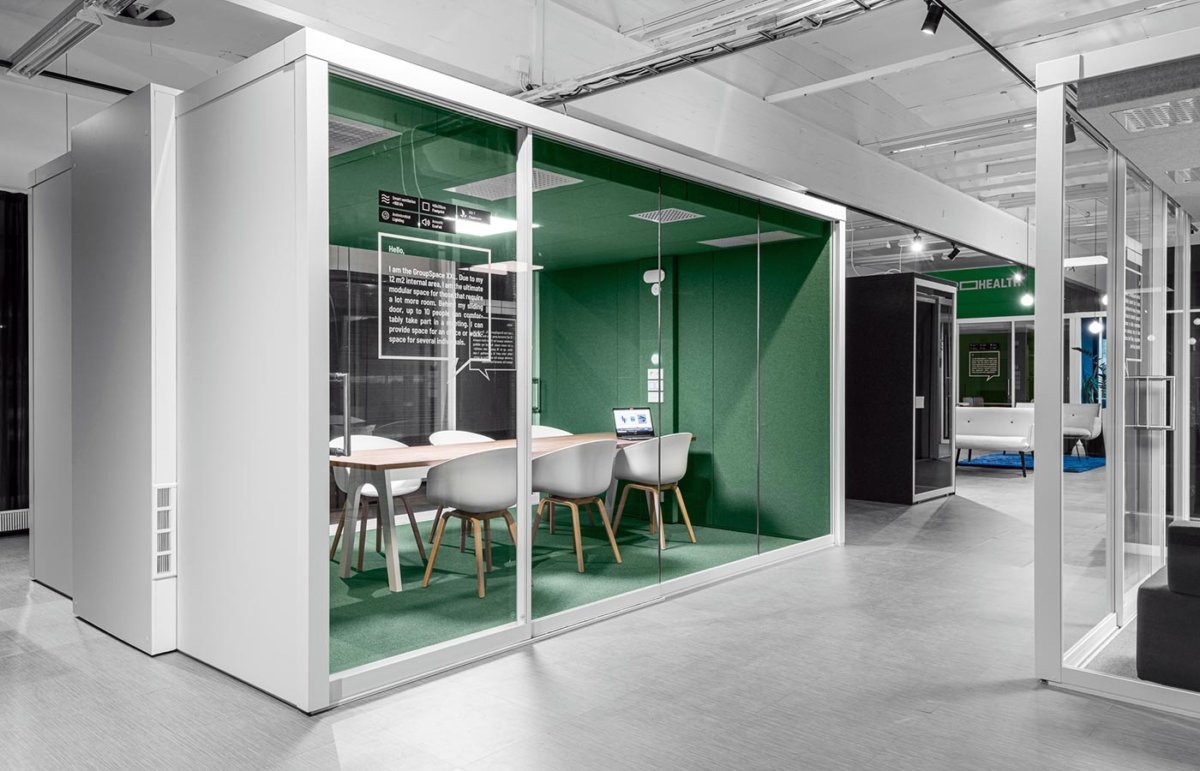
Vetrospace
In addition, the pandemic has brought to the table the debate on emotional management in the workplace and the need for companies to help improve the psychological health of a workforce emotionally impacted by the health crisis. The office can be a good ally of these policies by providing employees with a safe and comfortable environment.
The new hybrid work systems will take different forms, but two models will fundamentally prevail: the combination of five days at home and five at the office and 3 + 2 (three days in person and two at home). Whatever the model, the truth is that the role of the office as facilitator acquires greater value.
